The animal kingdom is replete with fascinating behaviors, surprising traits, and exceptional survival strategies. Each creature, from the vast blue whales to the tiny insects that escape our notice, carries a wealth of anecdotes and biological marvels. Their abilities have been honed over millennia, allowing them to adapt to their environments in unique ways. These adaptations can manifest as peculiar traits or behaviors that may seem bizarre or even astonishing to human observers.
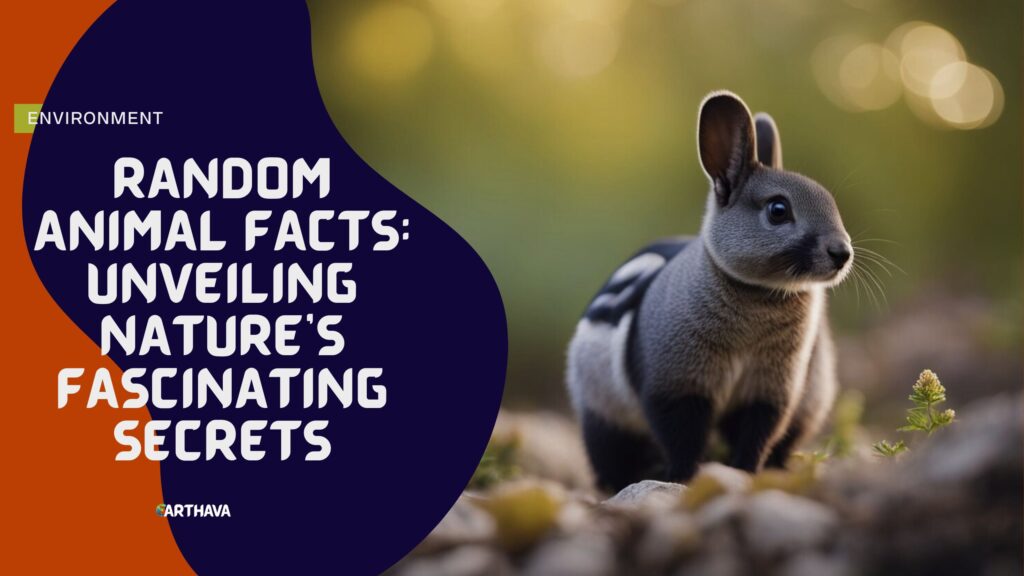
Exploring the diversity of animal facts not only satiates human curiosity but also enhances the understanding of how life thrives in various ecosystems. Some species communicate in ways that challenge human conceptions of language, while others possess physical features so specialized that they become textbook examples of adaptation. For instance, the complex language of dolphins, involving clicks and whistles, or the uncanny resemblance of a stick insect to its arboreal home, exemplify nature’s ingenuity.
Delving into these random animal facts broadens the knowledge about the inhabitants of Earth and sheds light on the interconnectedness of life. It reveals the sheer creativity of evolution in shaping life forms to suit their habitats, whether through the development of echolocation in bats or the intricate dances of bees that map the route to the next flower. These facts, reflective of a world beyond human experience, highlight the wonders that occur daily in the wild.
Diversity in the Animal Kingdom
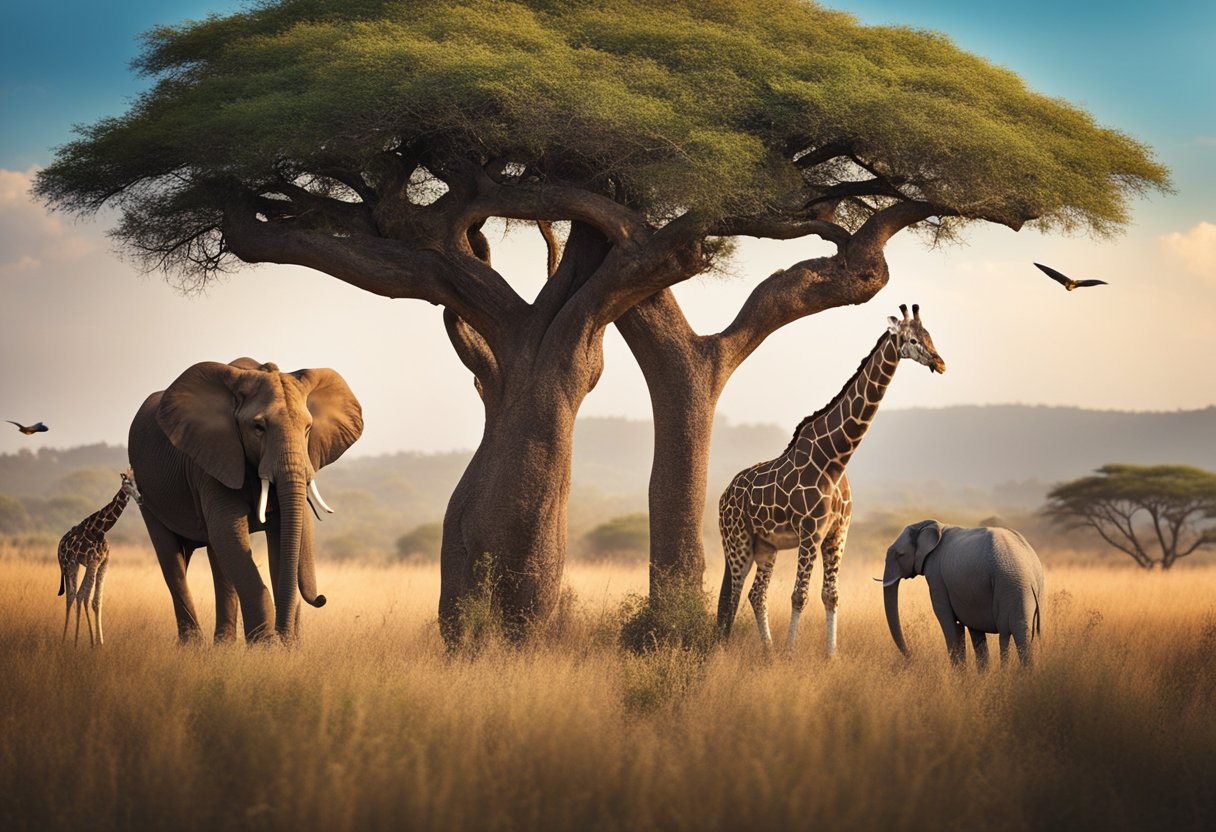
The animal kingdom showcases a remarkable range of forms and behaviors, painting a spectacular tableau of life on Earth. From the smallest insect to the largest mammals, each group possesses traits that enable them to thrive in diverse habitats.
Mammalian Marvels
Mammals are distinguished by their ability to regulate body temperature and, typically, by the presence of hair or fur. They showcase a range of dietary adaptations, with some species like the black bear being omnivorous, while others have highly specialized diets, such as the bamboo-dependent giant panda.
Birds and Flight
Birds, with their adaptations for flight, exhibit an extensive variety in size, form, and color. Traits such as beak shape and wing structure correspond to their unique ways of life, from the soaring majesty of eagles to the intricate dances of courtship displayed by birds of paradise.
Aquatic Wonders
Under the waves, fish and other marine animals demonstrate an array of physiological adaptations for life in water. Gills, fins, and streamlined bodies are key features that have evolved in fish to survive and navigate the aquatic environment effectively.
Insect Ingenuity
Insects, occupying nearly every ecological niche, display incredible ingenuity in survival strategies. Their small size and short life cycles allow insects to adapt rapidly to changes in their environment, making them one of the most resilient and diverse groups in the animal kingdom.
Reptiles and Amphibians
Reptiles and amphibians have evolved to master life both on land and in water. Reptiles like snakes and lizards are known for their dry scales, while amphibians such as frogs are characterized by their semi-permeable skin, which allows for a unique mode of respiration and moisture absorption.
Anatomy and Adaptations
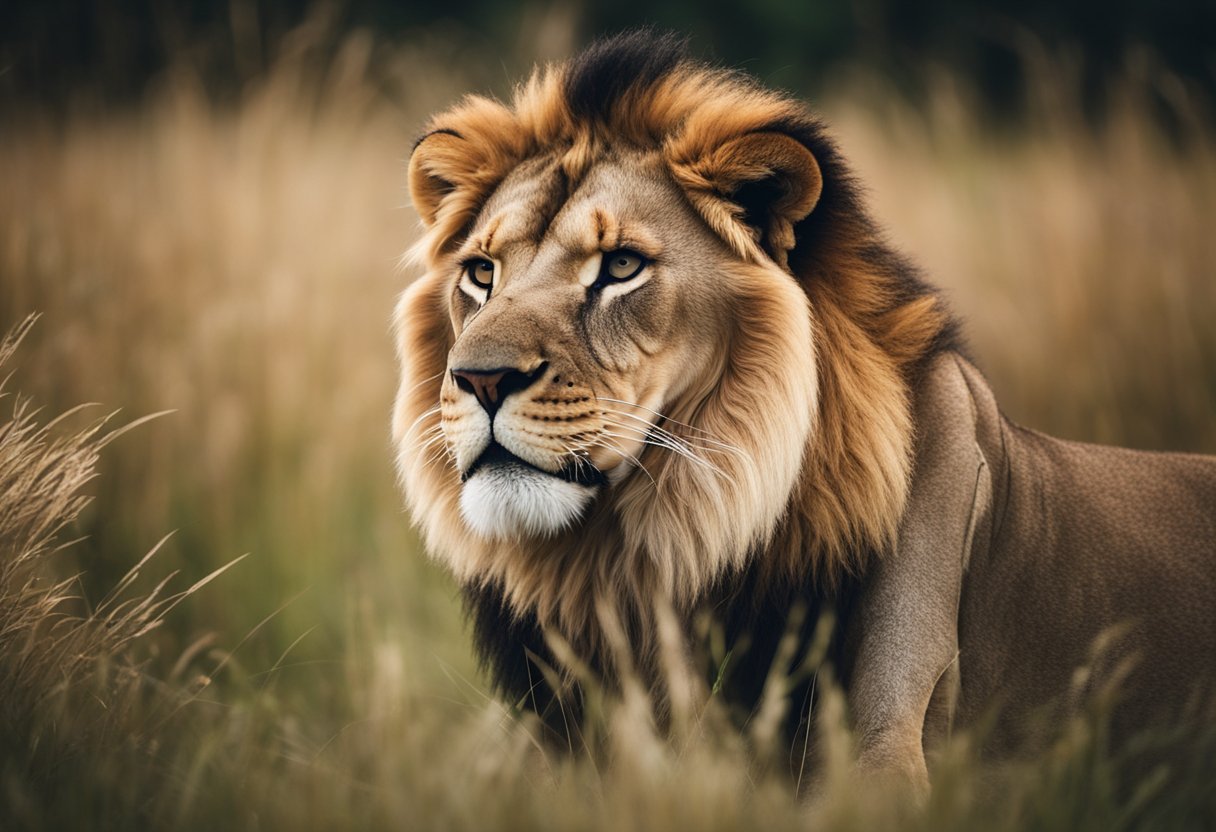
In the vast tapestry of the animal kingdom, unique anatomical features and remarkable adaptations allow creatures to thrive in diverse and often harsh environments. From the microscopic intricacies of cellular structures to the impressive physiology of large mammals, each aspect of an animal’s form and function plays a critical role in its survival.
Unique Physiology
Tongues and taste buds are excellent examples of specialized anatomy. For instance, the pistol shrimp has a tongue equipped to create a pressure wave so powerful it can stun prey. In contrast, a cat’s tongue is covered in tiny spines, helping to clean its fur and remove loose hair.
Moving to the senses, eyeballs can be astonishingly adapted to different needs. Birds of prey have large eyes relative to their head size, giving them keen eyesight for spotting prey from great distances. On the other hand, some nocturnal animals have a layer called the tapetum lucidum behind the retina, enhancing night vision.
Blood and circulatory adaptations are equally compelling. The yak, an animal adapted to high altitudes, has blood with a higher red blood cell count than other animals, boosting its oxygen-carrying capacity.
| Animal | Heart Specialization |
|---|---|
| Octopus | Three hearts total; two pump blood across the gills while the third circulates it through the rest of the body. |
| Zebra | Larger size than other equids’ hearts to maintain a high level of stamina for evading predators. |
Survival through Adaptation
Adaptations are not just physical but also behavioral. The archerfish, for example, can shoot water droplets at insects above the surface, displaying not only an unusual method for obtaining food but also a remarkable ability to learn and predict the trajectory of their prey.
Animals with paws, like cheetahs, have adaptations for speed. Their semi-retractable claws provide grip while sprinting, and their enlarged adrenal glands increase their reaction time. The cheetah is specifically adapted to run at incredible speeds, with its enlarged nostrils allowing more air intake, facilitating rapid oxygenation of the blood.
Lastly, in terms of neural and brain adaptations, many animals have structures that are specifically tailored to their needs. For example, dogs have a highly developed olfactory bulb, making their sense of smell significantly stronger than humans, although their taste buds are less in number.
Through these examples, one can appreciate the delicate balance of anatomy and adaptation that allows animals to master their environments. Whether it’s through the rapid pulsing of a heart, the keen edge of a carnivore’s tooth, or the nimble dexterity of a primate’s paws, each attribute is a small testament to the wonder of evolutionary biology.
Behavior and Social Structures
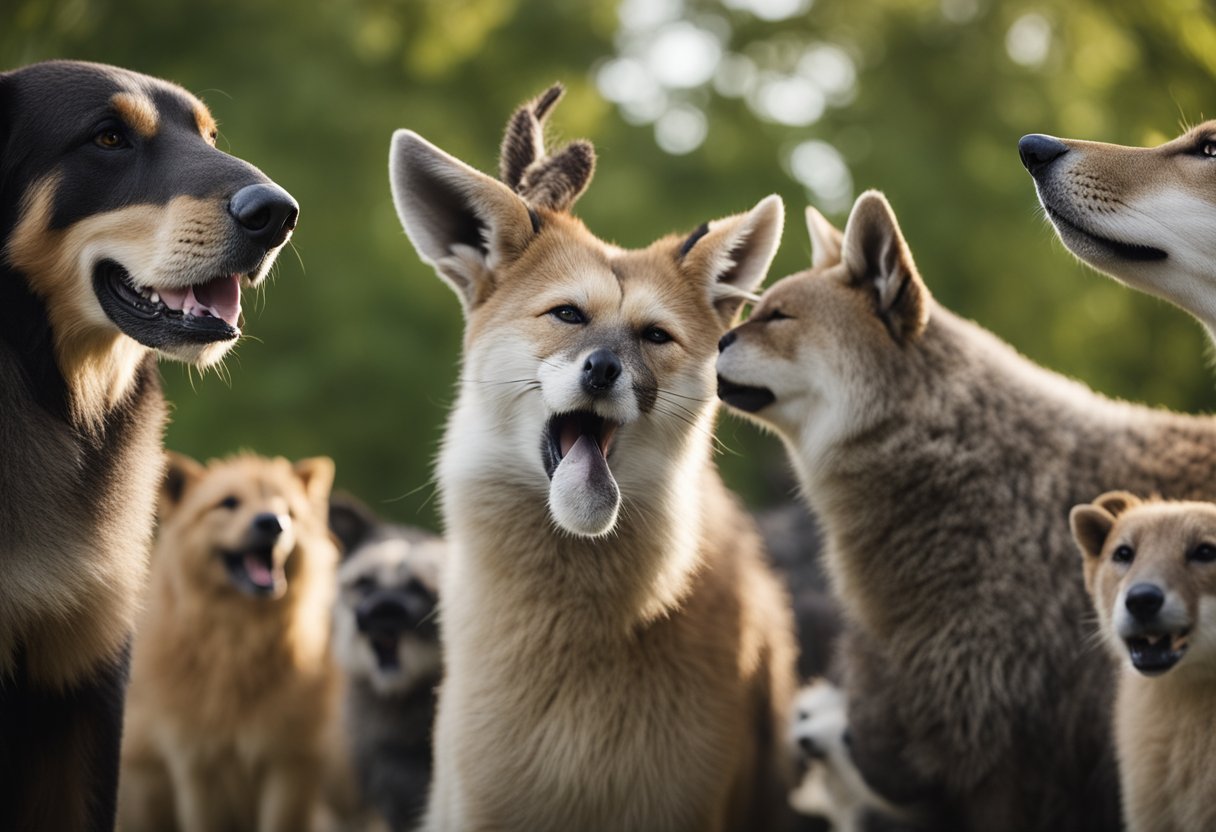
Animal behavior and social structures are intricate aspects of wildlife biology that dictate survival strategies. These interactions can reveal much about how animals navigate their environment, from capturing prey to maintaining hierarchical systems within their communities.
Predatory Tactics
In the realm of predator-prey interactions, certain animals have developed striking methods to capture their prey. For instance, large cats such as tigers use their striped fur as camouflage to stalk prey through dense foliage before striking. On the other hand, pack hunters like wolves employ a coordinated approach, with individuals taking on specific roles to corral and take down larger prey items, showcasing the complexity of social structures in hunting scenarios.
- Ambush: Many predators rely on the element of surprise to catch their prey, waiting motionless before launching a swift attack.
- Chase: Others are built for endurance, pursuing their prey over long distances until it succumbs to exhaustion.
Social Hierarchies
Social structures within animal communities are equally diverse and significant. Certain species, such as ants and bees, operate within a caste system, where roles are strictly defined, and there is a clear separation between laborers, soldiers, and the reproductive queen, ensuring the survival and efficiency of the colony.
- Dominance: Among vertebrates like wolves or primates, a hierarchy is often established, with dominant individuals leading the group and making critical decisions that affect group success and individual survival.
- Cooperation: Many social animals partake in cooperative behaviors, such as grooming or hunting, that strengthen social bonds and increase the likelihood of a group’s offspring survival.
These behaviors underscore how animal societies are structured and the pivotal role they play in the sustenance and continuation of species.
Habitats and Ecosystems
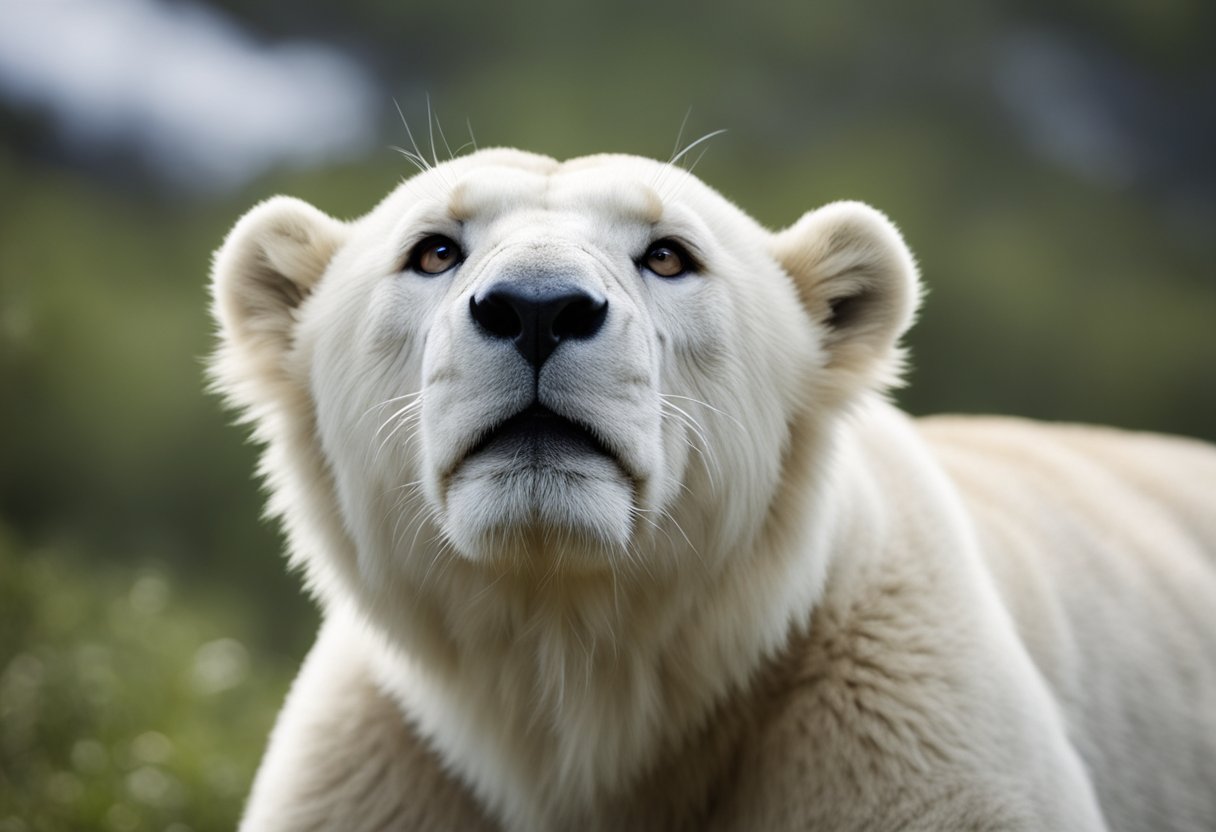
Habitats and ecosystems are crucial for the survival of various animal species. They provide the necessary resources for animals to live, including shelter, food, and a breeding environment.
Terrestrial Domains
Africa boasts some of the most expansive and varied terrestrial domains, with ecosystems ranging from the Sahara Desert to the savannas where one can find an impressive array of wildlife. In these terrestrial habitats, animals like the frog find homes in wetlands and forests, utilizing the moist environment for their breeding cycles.
Terrestrial environments are also crucial for species like the turtle, which depend on both land and water for survival. While many turtles are aquatic or semi-aquatic, living in bodies of water, they still lay their eggs on land, often in precisely chosen and carefully prepared nests.
Marine Life Environments
Marine environments host a cornucopia of life, from the smallest plankton to the largest whales. Polar bears, although primarily associated with Arctic land and ice, are heavily dependent on the marine ecosystem for their diet, which includes seals.
Underwater, the marine environment is home to predators like sharks, whose jaws are adapted to the world in which they reign. The oceans around Africa provide habitat to numerous shark species, which are often apex predators and play a crucial role in maintaining the health of their marine ecosystems.
Conservation and Human Impact
Conservation efforts play a critical role in the protection of endangered species. The central goal is to maintain biodiversity, preserving not only individual species but also the health of entire ecosystems. Human activities, however, often have deleterious effects on wildlife, leading to habitat destruction, pollution, and climate change—all of which contribute to species endangerment.
Human Impact: Humans have a vast and varied impact on wildlife. It includes, but is not limited to:
- Habitat Destruction: Urbanization, deforestation, and agriculture expansion.
- Climate Change: Altering breeding cycles, migration patterns, and habitat suitability.
- Pollution: Introducing harmful substances into natural habitats.
- Overexploitation: Hunting, fishing, and poaching beyond sustainable levels.
Conservation Activities: Effective conservation strategies are proactive and multifaceted, often involving:
- Protected Areas: Establishing parks and reserves to safeguard habitats.
- Legislation: Enacting laws to protect endangered species from human threats.
- Restoration Projects: Rebuilding ecosystems that have been degraded.
- Education and Outreach: Raising awareness about the importance of conservation.
According to the World Wildlife Fund’s Living Planet Report 2020, freshwater species populations have declined by an average of 84% between 1970 and 2018. This underscores the urgency of conservation efforts.
In parallel, exploration of the human impact on wildlife species continues, as understanding this relationship is critical to creating sustainable coexistence.
It’s evident that conservation is not a solitary endeavor; it requires collective human action to ensure the survival of species and the health of our planet.
- SEO Powered Content & PR Distribution. Get Amplified Today.
- PlatoData.Network Vertical Generative Ai. Empower Yourself. Access Here.
- PlatoAiStream. Web3 Intelligence. Knowledge Amplified. Access Here.
- PlatoESG. Carbon, CleanTech, Energy, Environment, Solar, Waste Management. Access Here.
- PlatoHealth. Biotech and Clinical Trials Intelligence. Access Here.
- Source: https://www.earthava.com/random-animal-facts/
